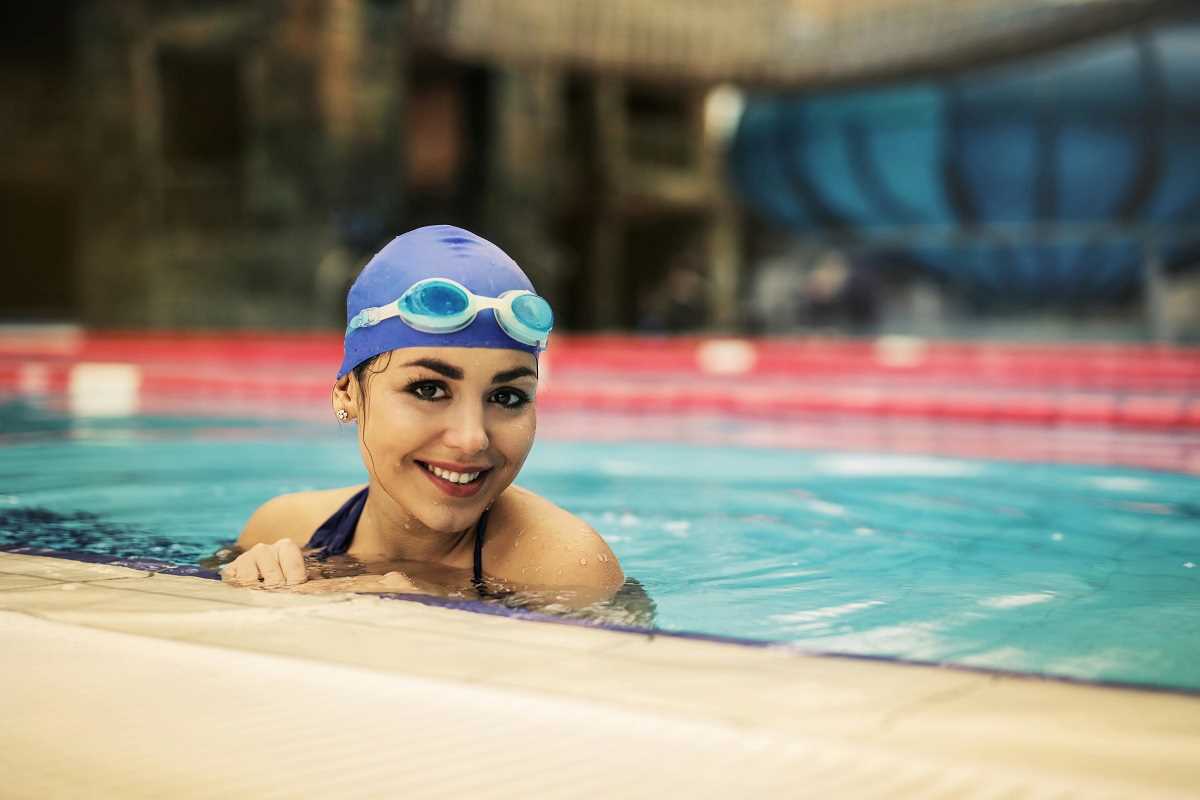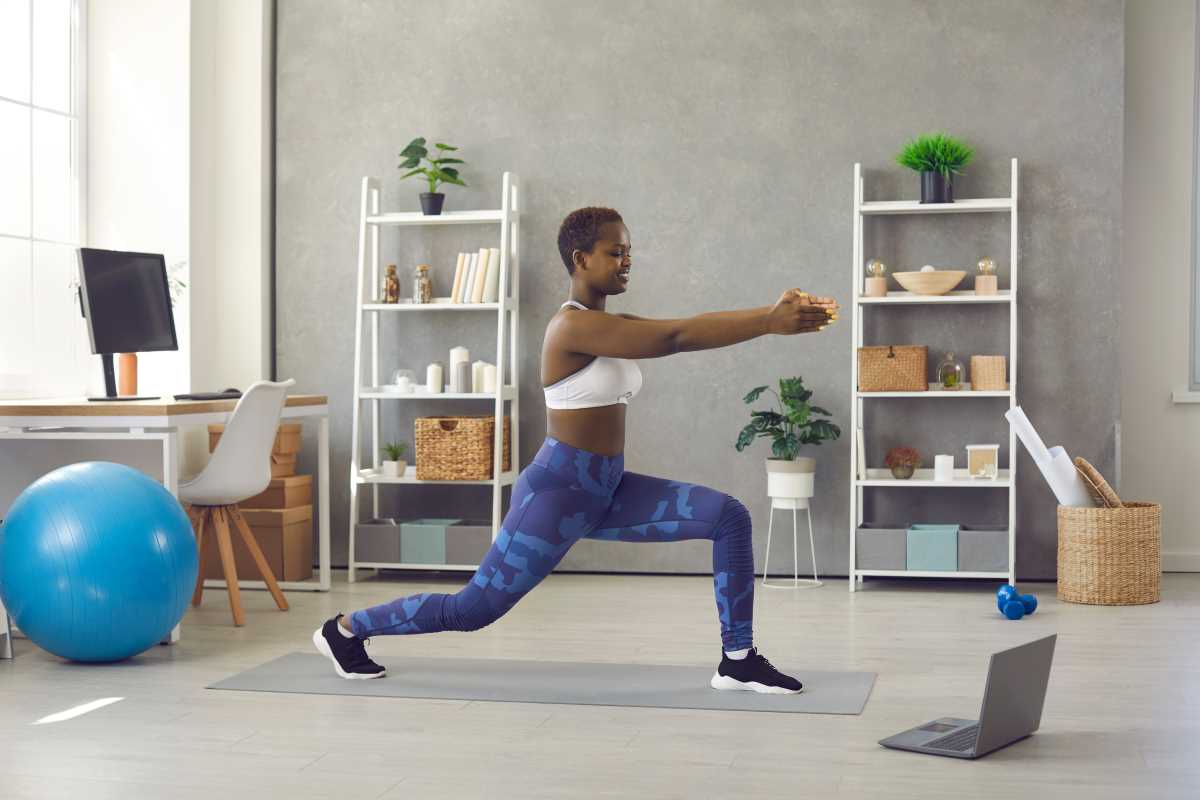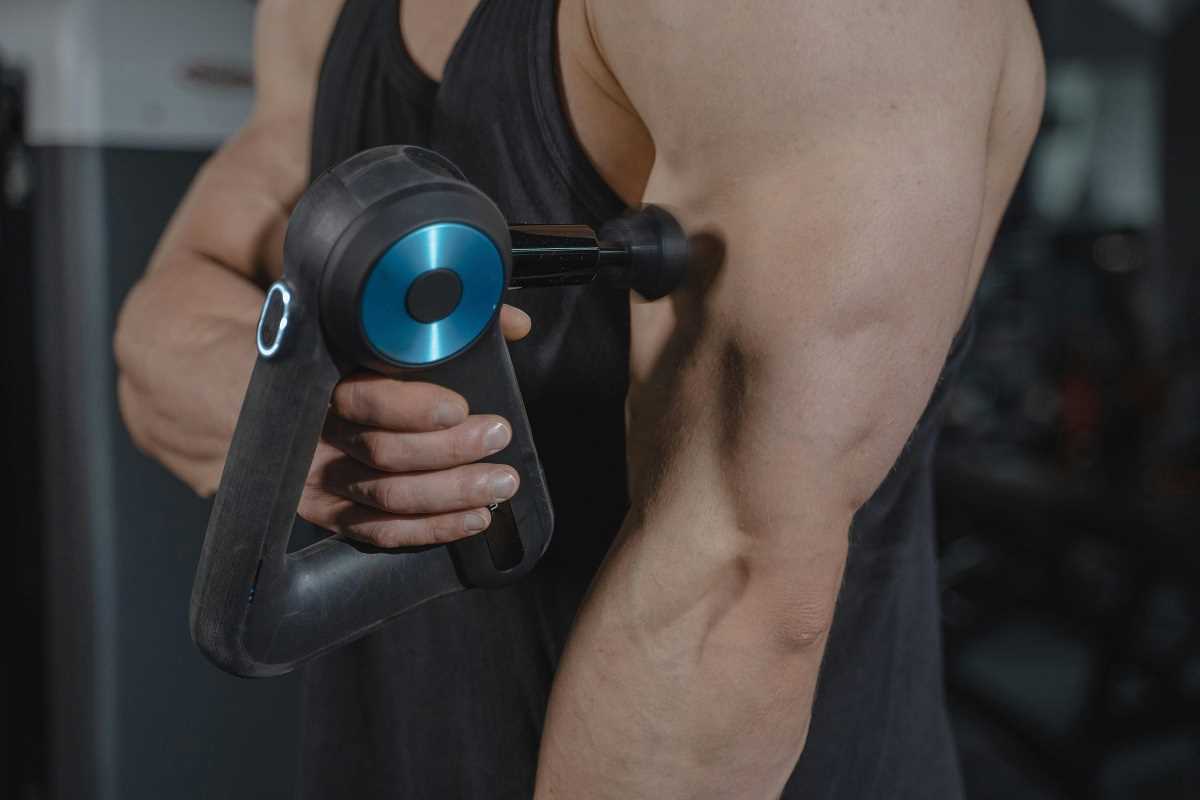When it comes to resistance training, most people picture dumbbells, resistance bands, or even bodyweight on land. But what if you could take your workout to the water? Whether you’re looking for a low-impact option to stay fit or just want to try something new and refreshing, water-based resistance workouts are a fantastic way to challenge your body. The natural resistance of water can help build strength, improve endurance, and reduce joint strain, all while keeping things fun.
Here are five water-based resistance workouts to add to your fitness routine, whether you’re a seasoned swimmer or just love splashing around.
1. Aqua Aerobics
Aqua aerobics is a classic water workout, and for good reason. It takes the principles of traditional aerobics—but instead of doing them on a mat, you're moving through water. The resistance created by water adds an extra challenge, engaging your muscles more than you might expect.
What It Includes
You’ll typically perform moves like jumping jacks, high knees, and kicks, all adapted for the pool. Many classes also use equipment like pool noodles or water paddles to increase resistance.
Why It Works
The buoyancy of water minimizes the impact on your joints, making it a great choice for individuals recovering from injuries or looking for a joint-friendly workout. Despite the low impact, you’ll still get your heart rate up as you strengthen your arms, legs, and core.
Fitness Level
Perfect for beginners and advanced exercisers alike, as you can control the intensity.
2. Water Jogging or Running
You don’t need solid ground to go for a run! Water jogging is a powerful cardio workout that tones muscles and burns calories. Plus, it’s an amazing option for anyone dealing with joint pain or recovering from injury.
How to Do It
There are two ways to water jog. The first is to find a shallow part of the pool and jog as you would on land. The other is to move into deeper water, strap on a flotation belt, and “run” while suspended. Either way, focus on good posture and controlled movements.
Why It Works
Water adds resistance to your leg movements, and since you’re also working against buoyancy, your core gets a major workout too. It’s a great way to boost your cardiovascular fitness while toning your legs and strengthening your abs.
Fitness Level
Great for all levels. Beginners can start in shallow water, while advanced runners can try interval-style jogging or change direction for added intensity.
3. Aqua Resistance Training with Weights or Paddles
Think you can’t lift weights in the water? Think again. Weighted water dumbbells and resistance paddles are designed for aquatic strength training. These tools increase drag, making your muscles work harder to move through the water.
What to Do
Use water dumbbells for exercises like chest presses, biceps curls, and shoulder raises. Resistance paddles can be used to pull through the water during swimming strokes or specific arm movements.
Why It Works
The consistent resistance of water means there’s tension during both the pushing and pulling phases of your movements, unlike land-based weights where gravity only works in one direction. Plus, you don’t have to worry about dropping anything heavy!
Fitness Level
It’s an excellent workout for intermediate and advanced participants. Beginners can start with light paddles or foam dumbbells.
4. Treading Water Intervals
Treading water is more intense than many people realize. It’s a full-body workout that demands strength, endurance, and balance. By adding interval-style training, you can turn it into a resistance-based powerhouse.
How It Works
Start by treading water at a moderate pace for one minute, using a mix of arm strokes and flutter kicks to stay afloat. Then, kick it up with 30 seconds of fast, high-intensity treading, followed by a 30-second recovery period. Repeat for 10-15 minutes.
If you want to challenge yourself, hold a pool noodle or water weight above your head to take your arms out of the equation, forcing your legs and core to work even harder.
Why It Works
This workout builds endurance while targeting multiple muscle groups at once, including your shoulders, chest, core, and legs. The intervals keep your heart rate high, making it a cardio and strength workout in one.
Fitness Level
Best for those who are confident in deep water, but adjustments can be made for less advanced participants by staying near the edge of the pool.
5. Water Resistance Circuits
For those who want variety, water circuit training delivers a mix of exercises in short bursts. Each station targets a different muscle group, combining strength and cardio for a well-rounded routine.
A Simple Circuit Might Include
- Knee Raises or High Knees for 60 seconds to engage your core.
- Arm Pull-Throughs with Resistance Paddles for 30 seconds to strengthen your arms and chest.
- Squats or Jumping Squats in water for 45 seconds, taking advantage of the buoyancy to reduce strain on your knees while building strength in your lower body.
- Water Plank on the Pool Wall for 30 seconds to target abs and shoulders.
Why It Works
By moving quickly between different exercises, you keep your heart rate up while giving each muscle group its turn to shine. Water makes everything feel more challenging, so you’ll see results in strength and endurance.
Fitness Level
Customizable for everyone. Beginners can lower the intensity or shorten the circuit, while advanced exercisers can ramp it up by adding resistance tools or boosting interval times.
Water provides natural resistance that engages your muscles with every move. Unlike gym weights or traditional resistance tools, the constant force of water challenges you in all directions, creating a balanced workout for your body. Plus, the buoyancy in water reduces stress on your joints, making these exercises accessible to almost everyone.
 (Image via
(Image via





